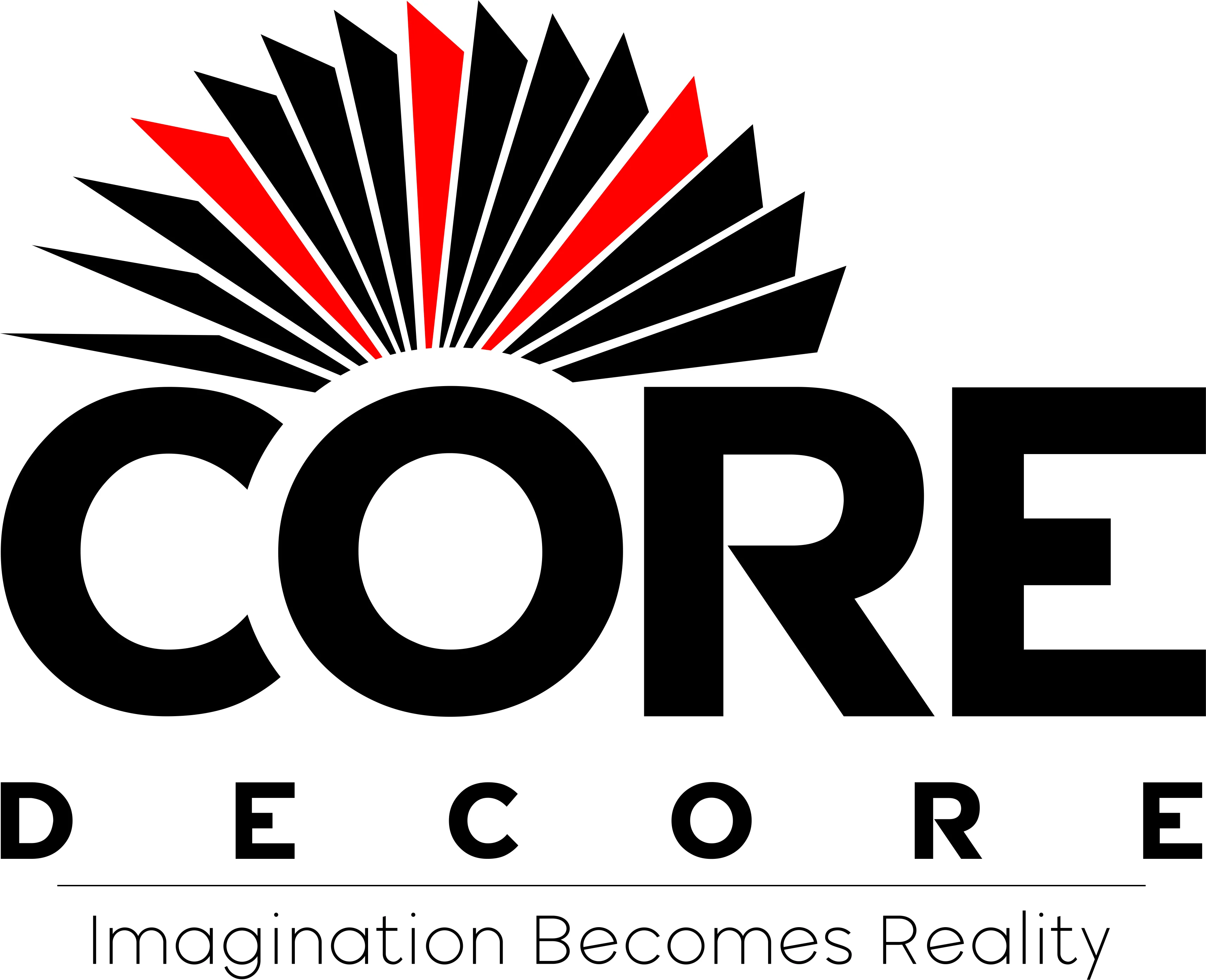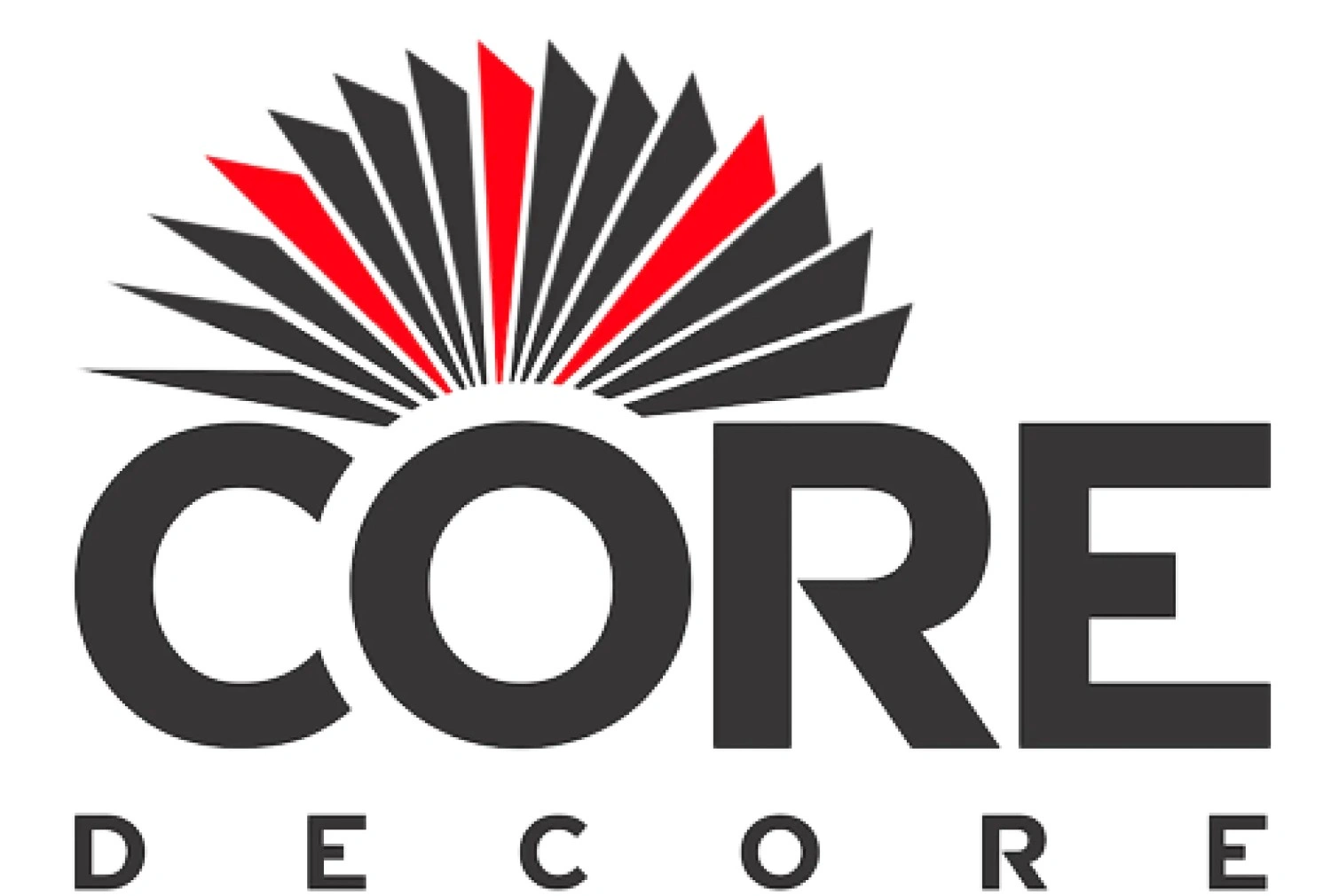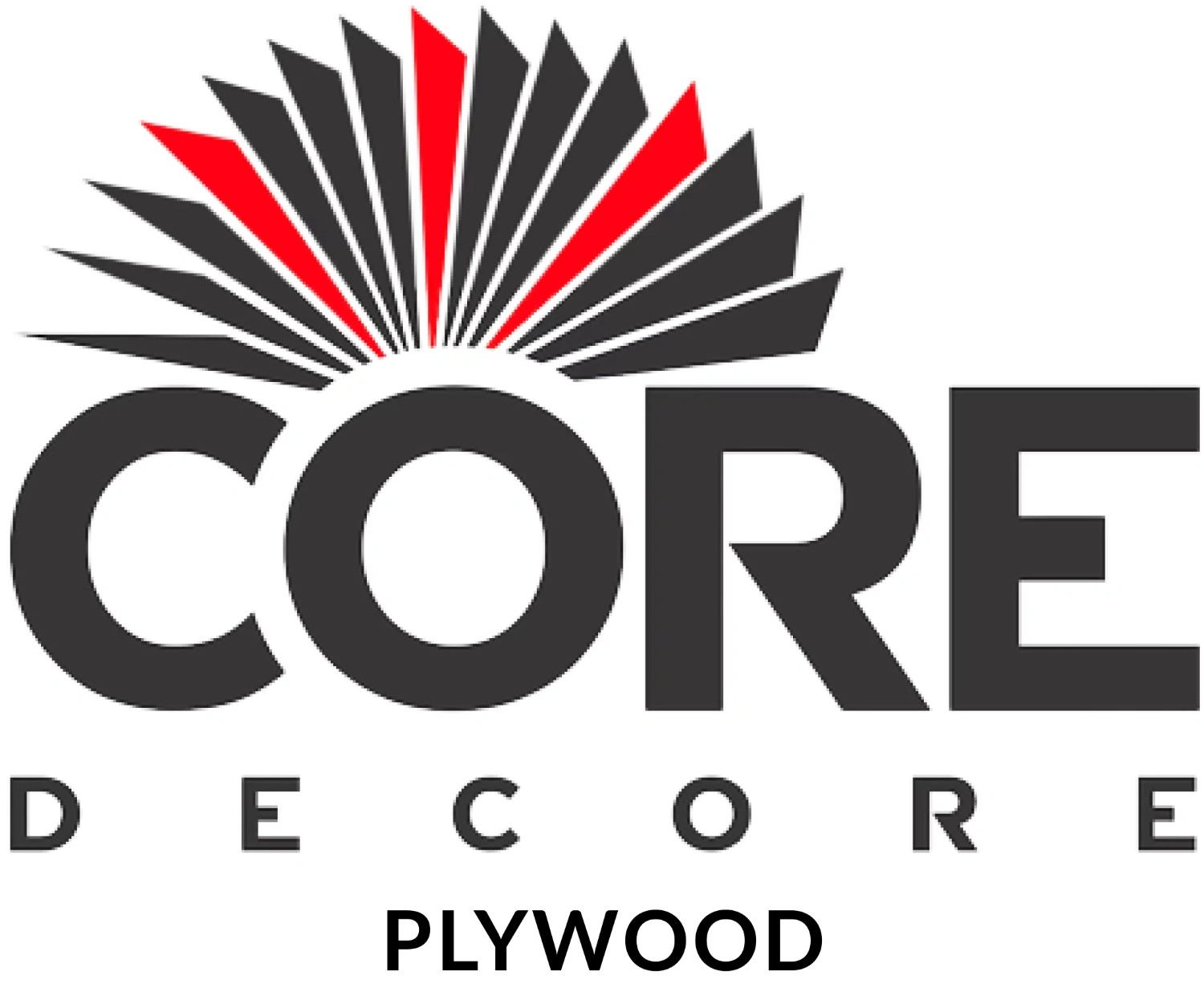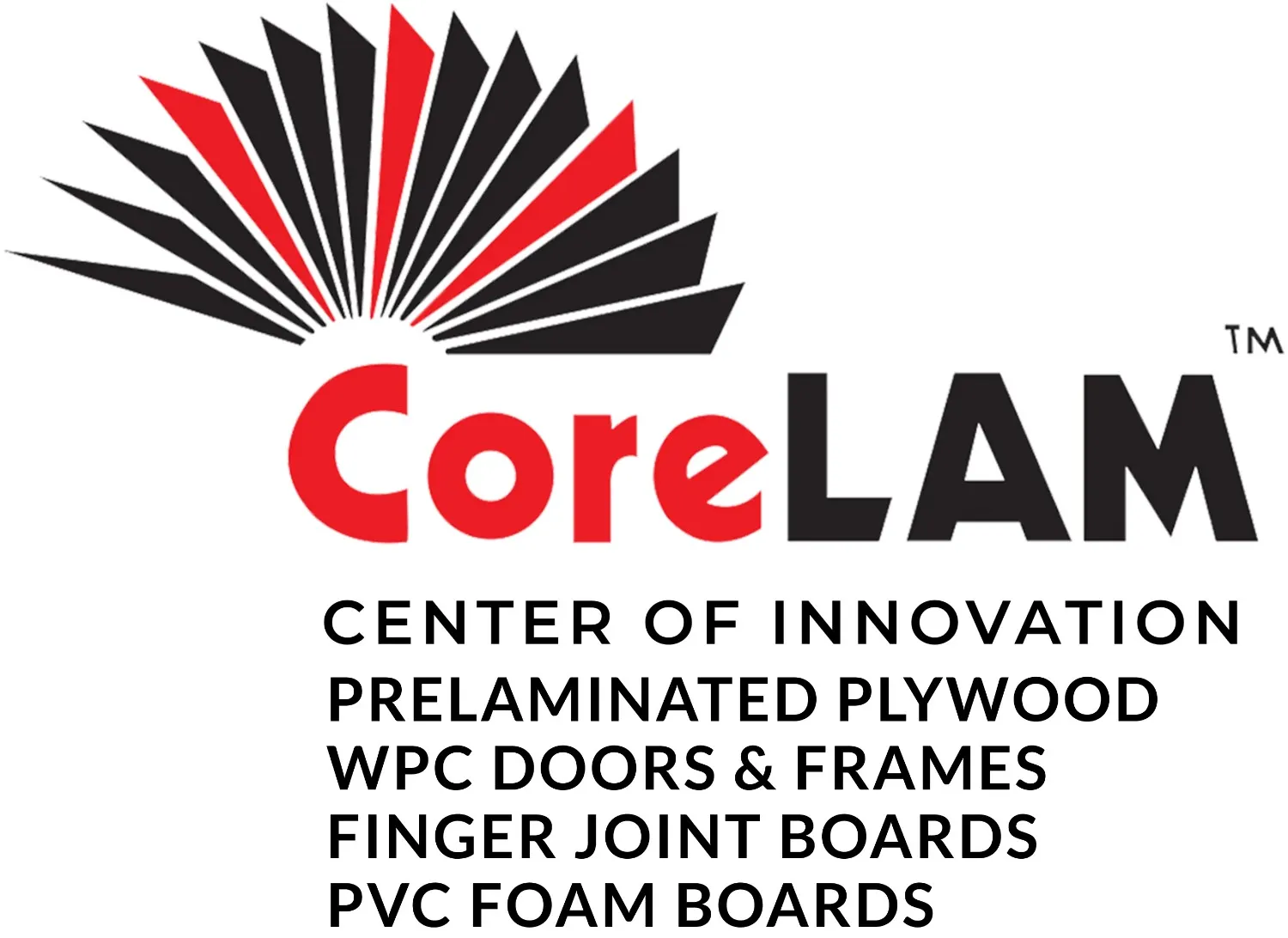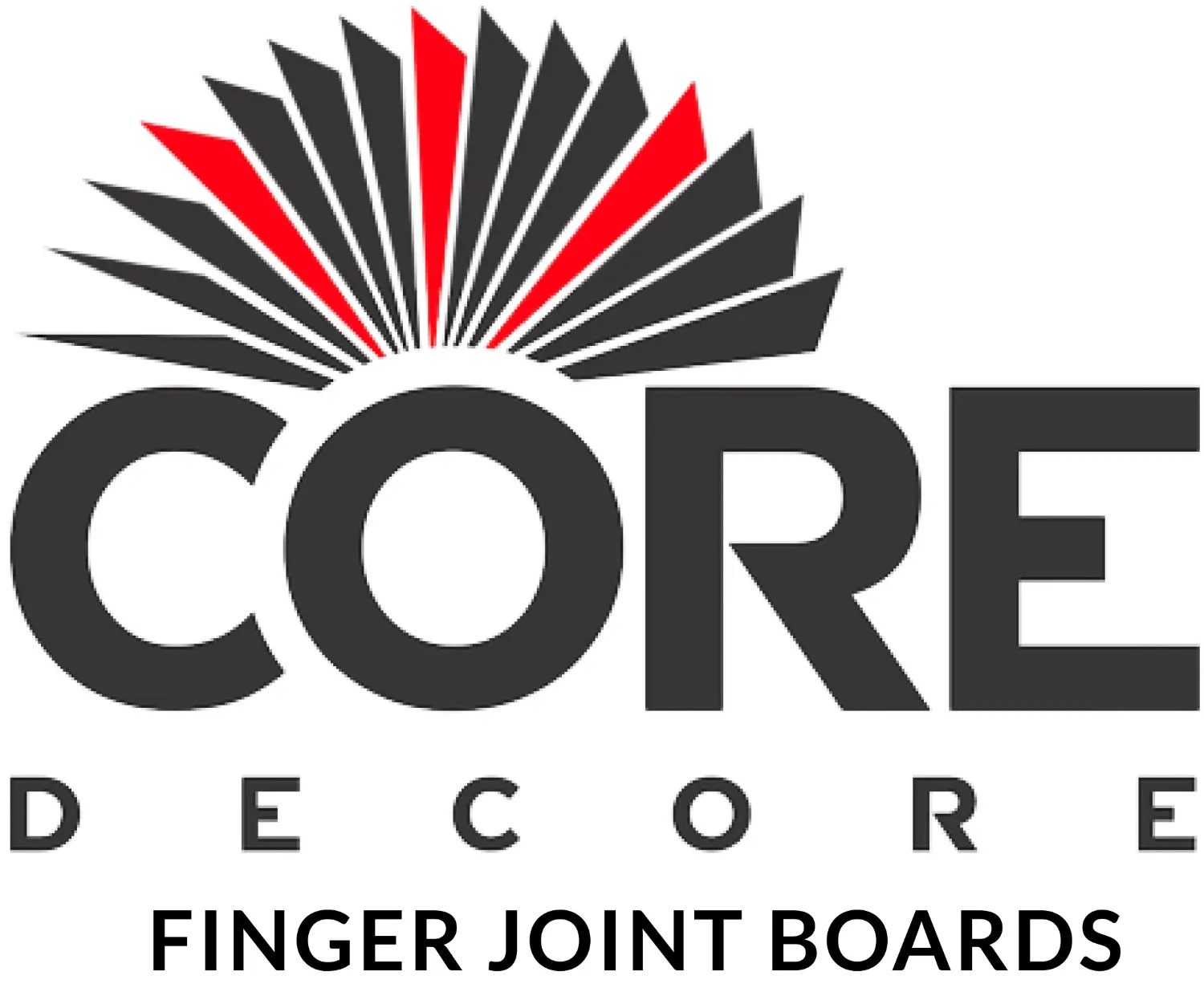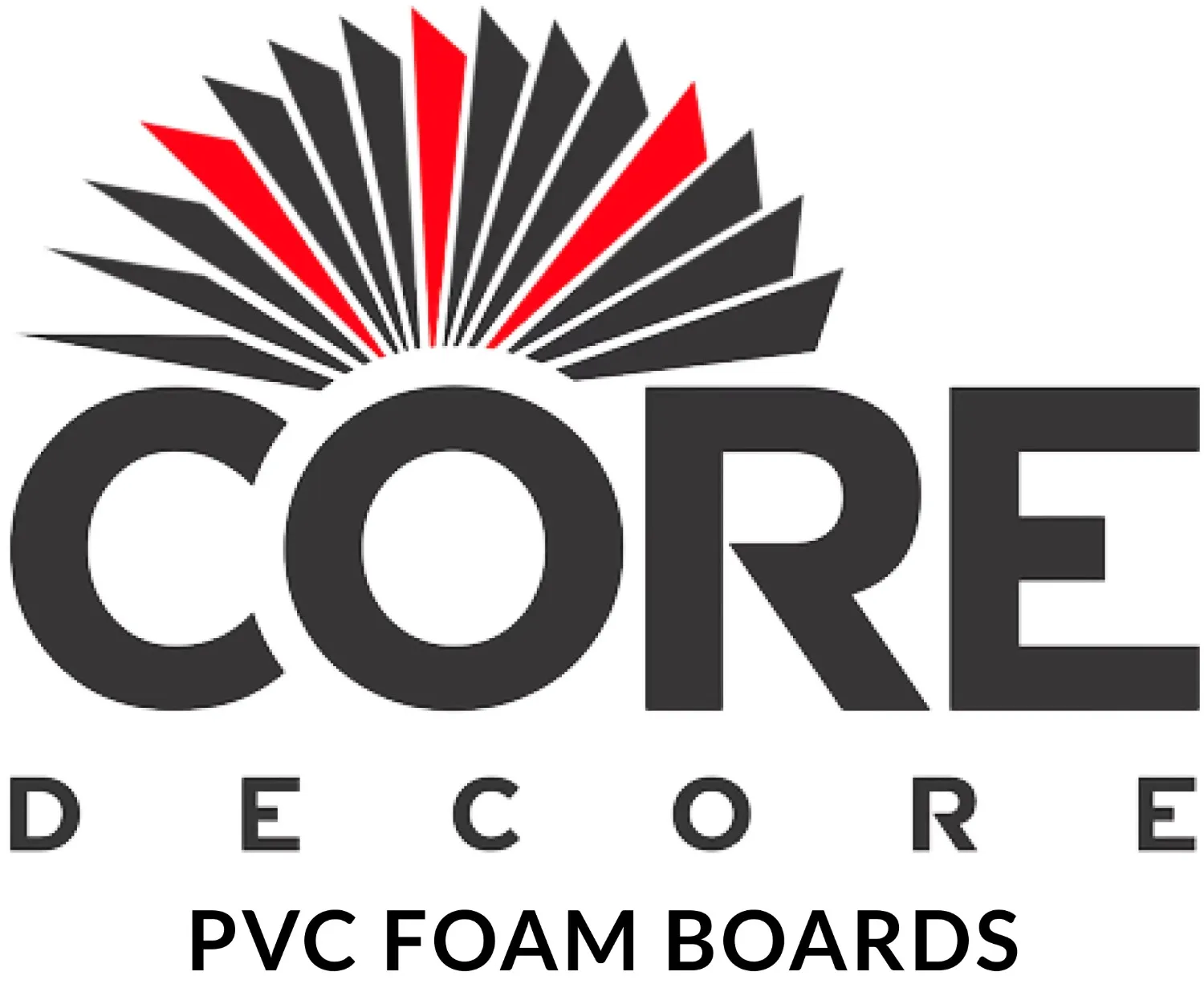When it comes to choosing the right material for your woodworking projects or home furnishings, the debate between solid wood and plywood has raged on for decades. Each material has its proponents, with arguments centered around factors like durability, aesthetics, and cost. In this blog, we'll delve into the pros and cons of solid wood versus plywood, dispel common misconceptions, and uncover the surprising truth about which option reigns supreme in terms of quality and affordability.
Understanding Solid Wood
Pros of Solid Wood
- Natural Beauty: Solid wood exudes natural beauty and authenticity, with distinctive grain patterns and colors that cannot be replicated by man-made materials.
- Durability: High-quality solid wood furniture can last for generations when properly cared for, making it a long-term investment with sentimental value.
- Repairability: Solid wood can be sanded, refinished, and repaired over time, allowing for easy restoration and maintenance of its original appearance.
Cons of Solid Wood
- Cost: Solid wood tends to be more expensive than plywood due to factors like scarcity of certain wood species, labor-intensive manufacturing processes, and premium pricing for craftsmanship.
- Susceptibility to Warping: Solid wood is prone to warping, shrinking, and expanding with changes in humidity and temperature, which can affect its dimensional stability over time.
- Environmental Impact: Harvesting solid wood from natural forests can contribute to deforestation and habitat destruction if not managed sustainably, raising concerns about its environmental footprint.
Understanding Plywood
Plywood is an engineered wood product made by gluing together thin layers of wood veneer, or plies, with each layer oriented perpendicular to the adjacent ones. This cross-grain construction enhances plywood's strength, stability, and resistance to warping, making it a popular choice for various applications.
Pros of Plywood:
- Strength and Stability: Plywood's cross-grain construction provides superior strength and dimensional stability compared to solid wood, making it less susceptible to warping, twisting, and cracking.
- Versatility: Plywood comes in a variety of grades, thicknesses, and finishes, offering versatility for a wide range of projects, from furniture making to structural applications.
- Cost-Effectiveness: Plywood is often more affordable than solid wood, thanks to its efficient use of raw materials, standardized manufacturing processes, and lower production costs.
Cons of Plywood
- Aesthetics: While plywood can mimic the appearance of solid wood with veneer finishes, some purists argue that it lacks the natural beauty and character of authentic hardwood.
- Limited Repairability: Unlike solid wood, plywood cannot be easily repaired or refinished once damaged, as its outer veneer layer is typically thin and prone to sanding through.
- Environmental Concerns: The production of plywood involves the use of adhesives and chemicals, raising environmental concerns about emissions and sustainability, although advancements in eco-friendly manufacturing processes are addressing these issues.
The Shocking Truth
While the debate between solid wood and plywood may seem never-ending, the truth is that each material has its strengths and weaknesses, and the best choice depends on factors like project requirements, budget, and personal preferences. In many cases, a combination of both solid wood and plywood may offer the optimal solution, blending the authenticity and beauty of natural wood with the strength, stability, and cost-effectiveness of engineered materials.
Conclusion
In the age-old debate between solid wood and plywood, determining a definitive winner proves elusive – the ultimate choice hinges on informed decisions rooted in a thorough understanding of each material's properties. Whether your focus leans towards authenticity, durability, or affordability, grasping the unique traits of both is pivotal in steering your woodworking ventures or home improvements toward success. By dispelling misconceptions and revealing the realities surrounding solid wood versus plywood, you can confidently stride into your next project with Chopra Groups as your trusted ally for the finest material procurement, ensuring your selection aligns seamlessly with your project's demands and aspirations.

